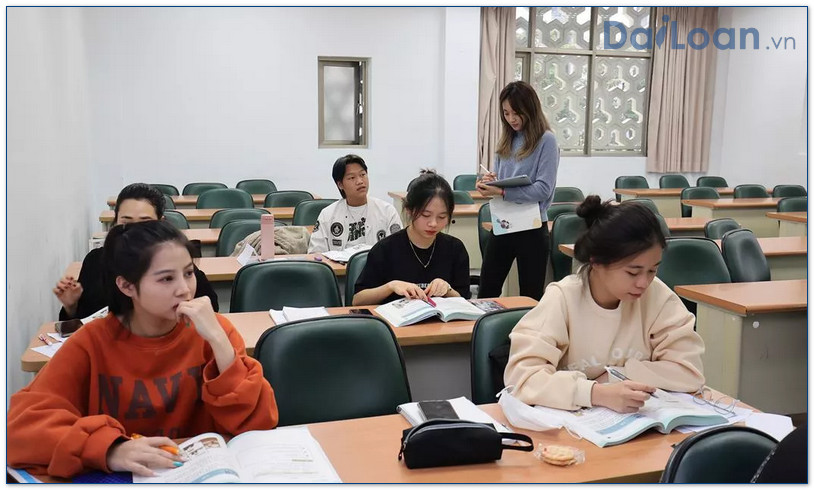In this article, we will delve into the meaning, grammatical structure, and example sentences of the Chinese term “舞步” (wǔ bù). Understanding this term will not only enrich your vocabulary but also provide insights into the beautiful language of Mandarin. Let’s start our journey by uncovering the essence of 舞步.
What Does 舞步 (wǔ bù) Mean?
At the heart of its meaning, “舞步” (wǔ bù) translates directly to “dance steps” in English. The character “舞” (wǔ) signifies “dance,” while “步” (bù) implies “step” or “footstep.” This term is commonly used in the context of various dance forms, highlighting the specific movements or steps taken during a dance routine. 舞步 encapsulates not just the physical movements but also the rhythm and artistry involved in the act of dancing.
Grammatical Structure of 舞步
Breaking Down the Characters
The grammatical structure of “舞步” can be analyzed through its constituent characters:
- 舞 (wǔ): This is a verb meaning “to dance.” It represents actions related to dancing and can also be used in various contexts beyond merely performing a dance.
- 步 (bù): This is a noun meaning “step” or “pace.” It can refer to the physical act of stepping, the pace of movement, or metaphorically to a stage or phase in a process.
Syllable and Tone
In Mandarin, each character has a specific tone that changes its meaning. “舞” (wǔ) is pronounced with a falling tone, while “步” (bù) is pronounced with a falling tone. The distinction in tones is crucial for clear communication in Chinese and can alter the meaning entirely if mispronounced.
Example Sentences Using 舞步
Now that we have a clearer understanding of the meaning and grammatical structure of 舞步 (wǔ bù), let’s explore some example sentences that illustrate its use in everyday language:
1. Describing a Dance Routine
在这支舞蹈中,舞步非常优雅。
Translation: “In this dance, the steps are very elegant.”
2. Teaching Dance
她教我怎样正确地做每一个舞步。
Translation: “She taught me how to correctly perform each dance step.”
3. Observing a Performance
观众们对舞者的舞步感到惊叹。
Translation: “The audience was amazed by the dancer’s steps.”
4. Discussing Dance Techniques
掌握基本的舞步是学好任何舞蹈的基础。
Translation: “Mastering the basic dance steps is the foundation for learning any dance.”
Conclusion
Understanding the term 舞步 (wǔ bù) provides valuable insight into the cultural significance of dance in Chinese society, as well as an enriching addition to your Mandarin vocabulary. By exploring its meaning, grammatical structure, and usage in example sentences, we have uncovered the essence of 舞步. Keep practicing, and soon you’ll find yourself gracefully navigating through the world of Chinese language and dance.

Sứ mệnh của Chuyên là giúp đỡ và truyền cảm hứng cho các bạn trẻ Việt Nam sang Đài Loan học tập, sinh sống và làm việc. Là cầu nối để lan tỏa giá trị tinh hoa nguồn nhân lực Việt Nam đến với Đài Loan và trên toàn cầu.
CÓ THỂ BẠN QUAN TÂM
Du học Đài Loan
Lao Động Đài Loan
Việc Làm Đài Loan
Đơn Hàng Đài Loan
Visa Đài Loan
Du Lịch Đài Loan
Tiếng Đài Loan
KẾT NỐI VỚI CHUYÊN
Zalo: https://zalo.me/0936126566
Website: www.dailoan.vn




